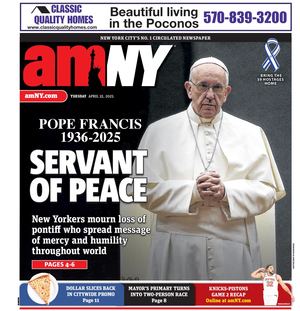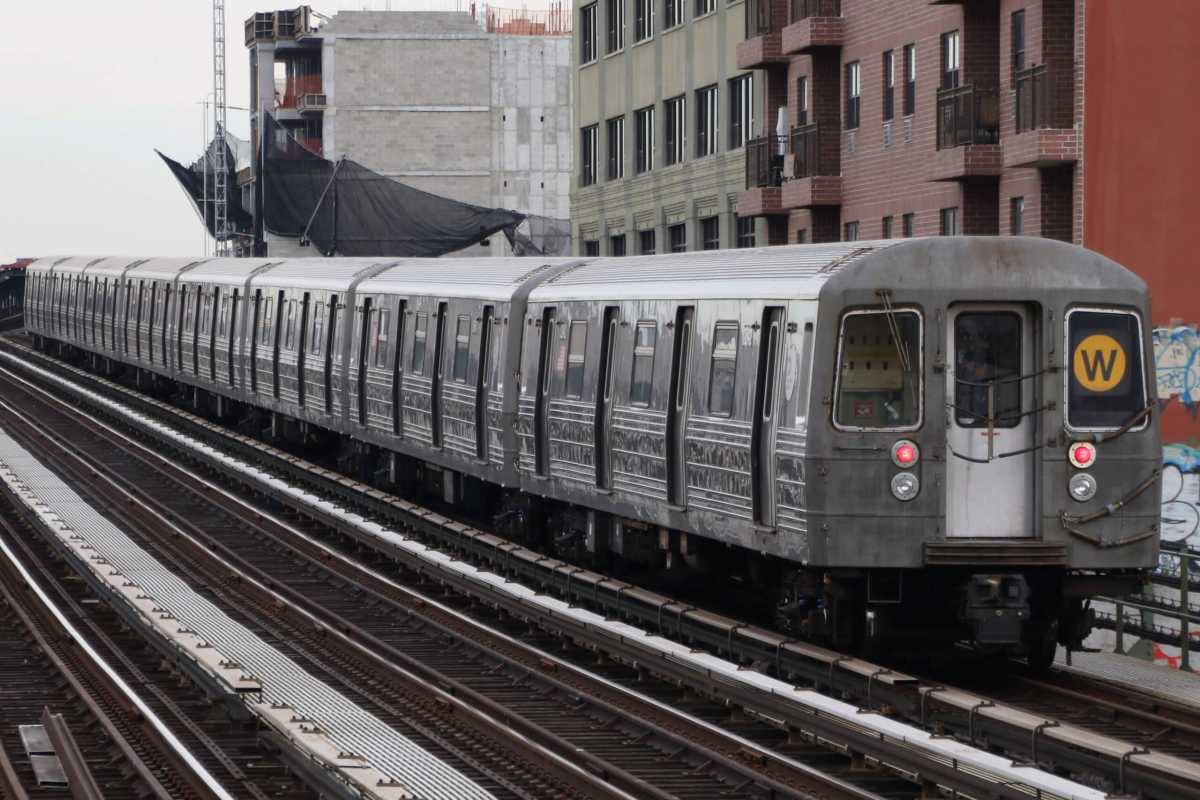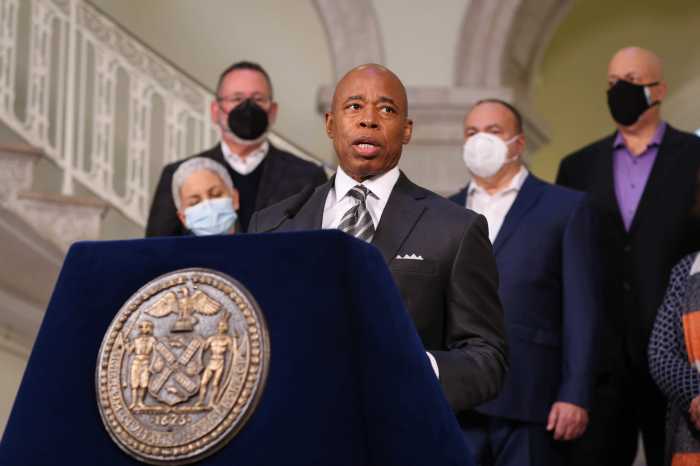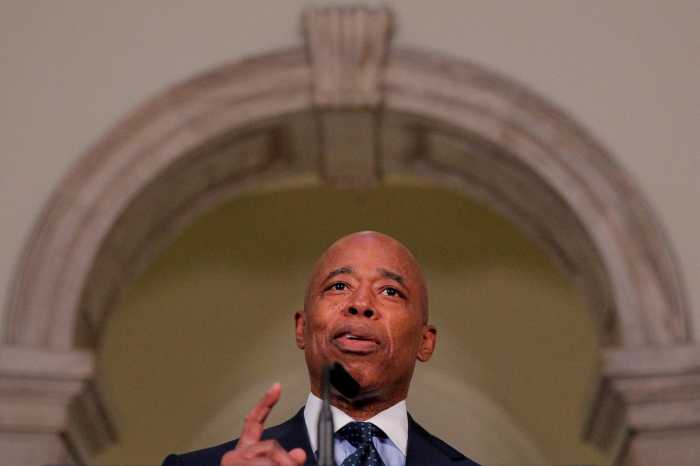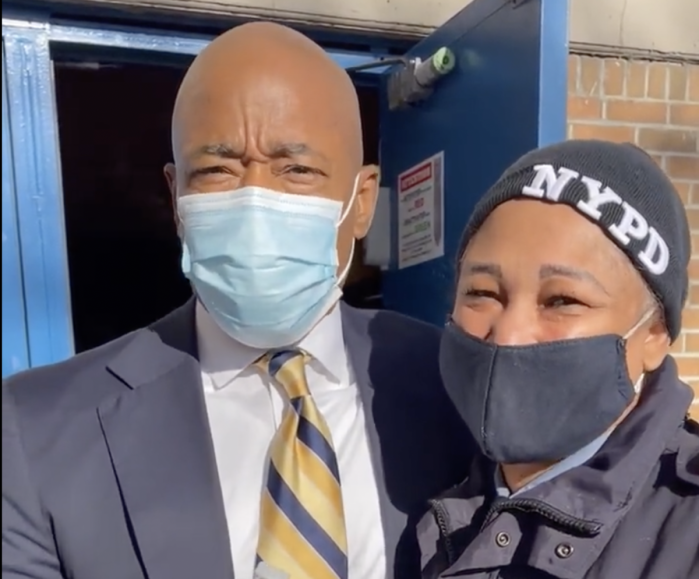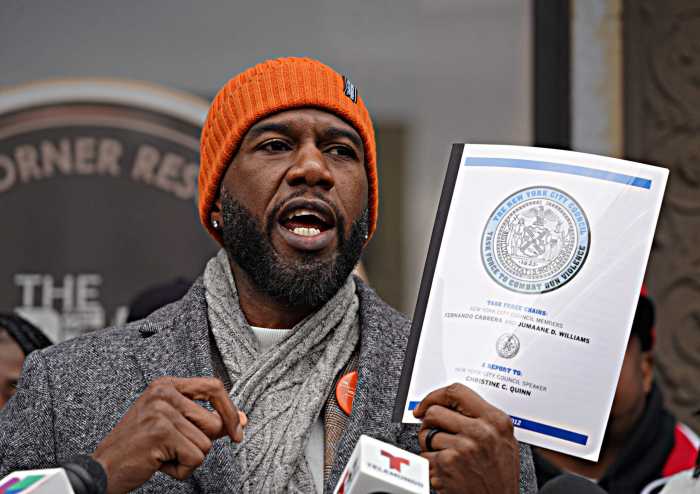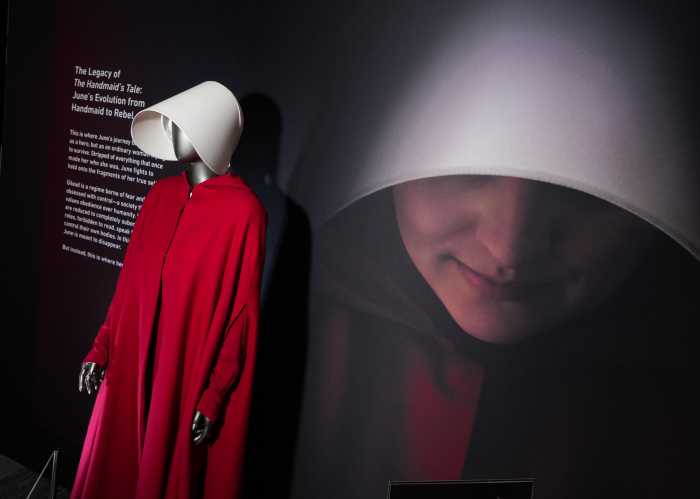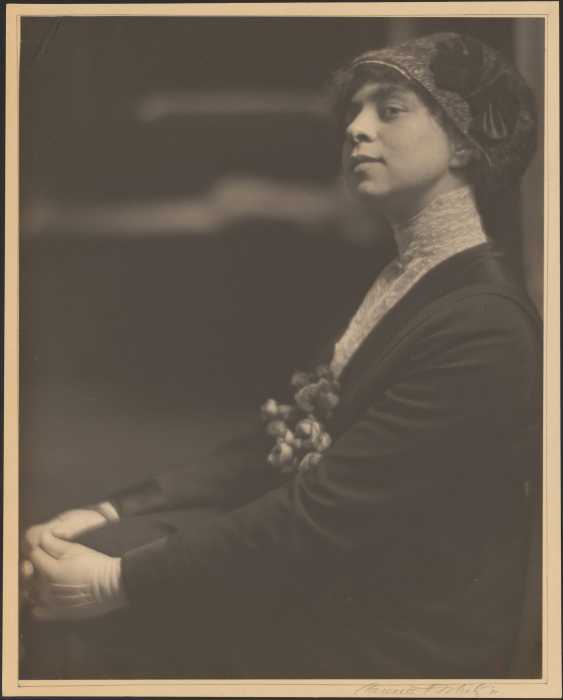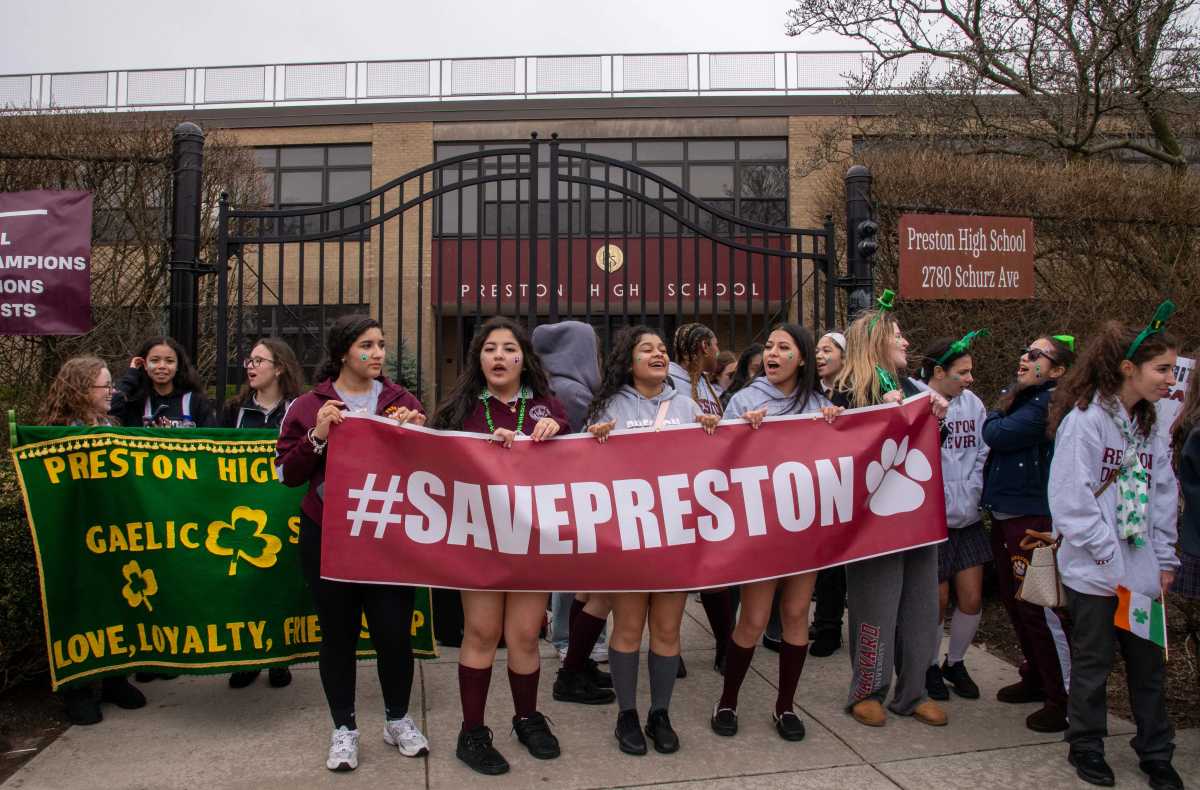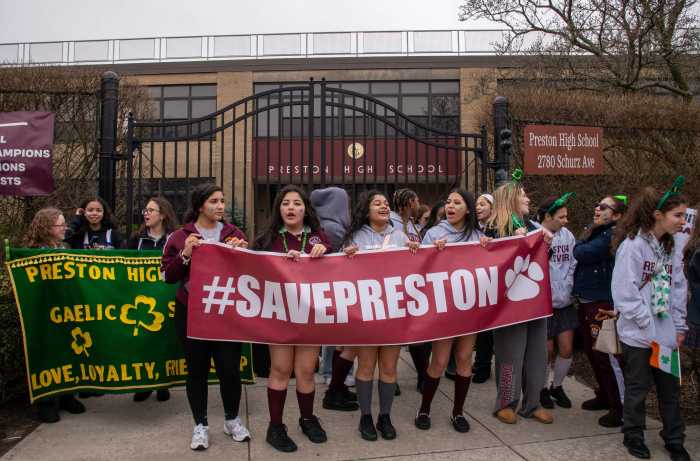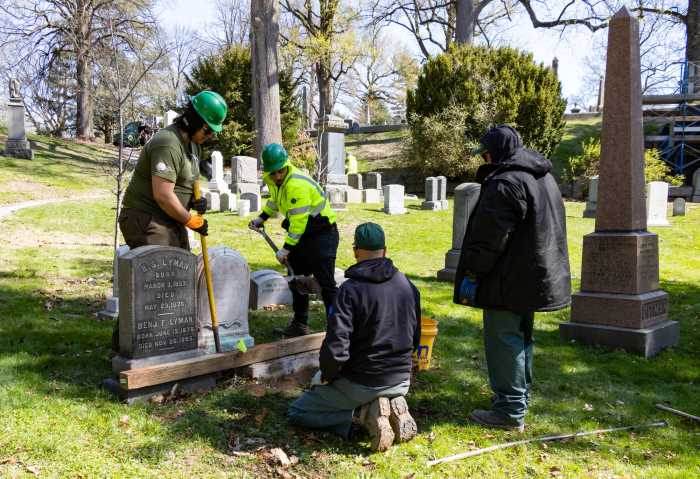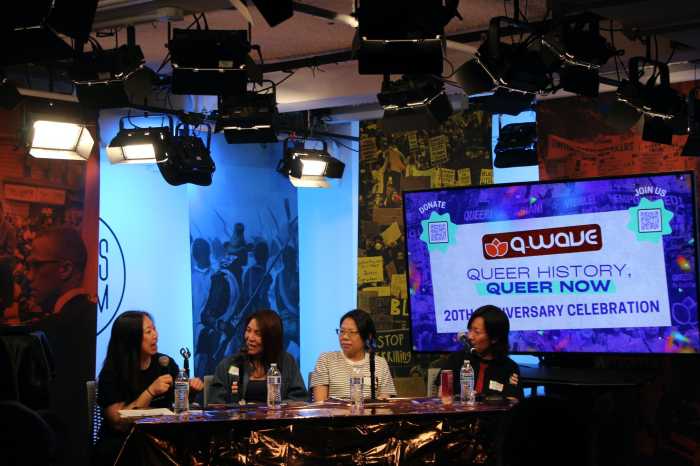Nearly half of New Yorkers eligible for the city’s Fair Fares program, which offers MetroCards at a 50% discount to low-income riders, have not applied for the initiative and almost one-in-seven didn’t know how to do so, according to a new report.
The survey by the non-profit Community Service Society found that many working class New Yorkers who could get half-priced fare cards have not done so and the advocacy organization called on city leaders to better advertise Fair Fares.
“Our mass transit system can be our city’s great economic equalizer and an engine for upward mobility and an inclusive recovery,” reads the report. “But if people remain unaware of their right to Fair Fares or not enrolled, the program’s potential impact as a powerful poverty-fighting tool will be diminished.”
Fair Fares is a 2019 program by the city allowing working-age New Yorkers living at or below the federal poverty line to get MetroCards at a 50% discount.
The city’s Department of Social Services is in charge of the initiative, and Mayor Eric Adams and Council Speaker Adrienne Adams on Monday agreed to make the program a permanent fixture of the city’s budget and increase funding to about 71% of pre-pandemic levels this year.
The Community Service Society’s so-called Unheard Third survey for 2021 found that 48% of eligible residents hadn’t applied for it and 14% didn’t know how.
Awareness was lowest in Queens, where only a quarter of the population matching the requirements signed up for Fair Fares, while Brooklyn had the highest intake rate at 39%.
Currently, 264,635 people are enrolled in the program, just above a third of the estimated 753,406 working-age city residents that meet the income threshold, CSS researchers previously told amNewYork Metro.
That’s not for a lack of need, with low-income New Yorkers routinely struggling to afford public transit.
In the Bronx, the city’s poorest borough, more than one-in-five (21%) said they often had trouble paying the $2.75 subway and bus fare and 28% of Black and Latinx New Yorkers also experienced so-called transit hardship, according to the report.
Fair Fares enrollment has increased over the past year despite the city slashing funding for the program during the pandemic, but applications have not kept pace with overall ridership returning to public transit.
While subway ridership increased 125% between March-December 2021, Fair Fares enrollment increased by only 14%, according to the report.
Daily trip numbers have come back faster in lower income neighborhoods in Queens, Brooklyn, and the Bronx where Fair Fares would be most needed, compared to wealthier parts of Manhattan.
The study recommended the city better spread the word about Fair Fares by connecting with public housing residents at NYCHA and community college students of CUNY.
The cost of a MetroCard was the most common financial obstacle besides tuition for the city’s community college students, a June study by Center for Urban Future found.
In the summer and fall, the city bought months-long Fair Fares ads from the state-controlled MTA on its subways and bus shelters, and the program cracked more than a quarter-million enrollments for the first time in November.
The report authors also urged the city to hold regular oversight hearings of the program, restore its full funding to pre-pandemic levels and expand eligibility to 200% of the federal poverty line, which would allow some 1.2 million residents to benefit from Fair Fares.
To check your eligibility for Fair Fares, apply, or renew your membership, go to nyc.gov/fairfares. You can also call 311 to get in touch with the city’s Human Resources Administration for an in-person appointment.
